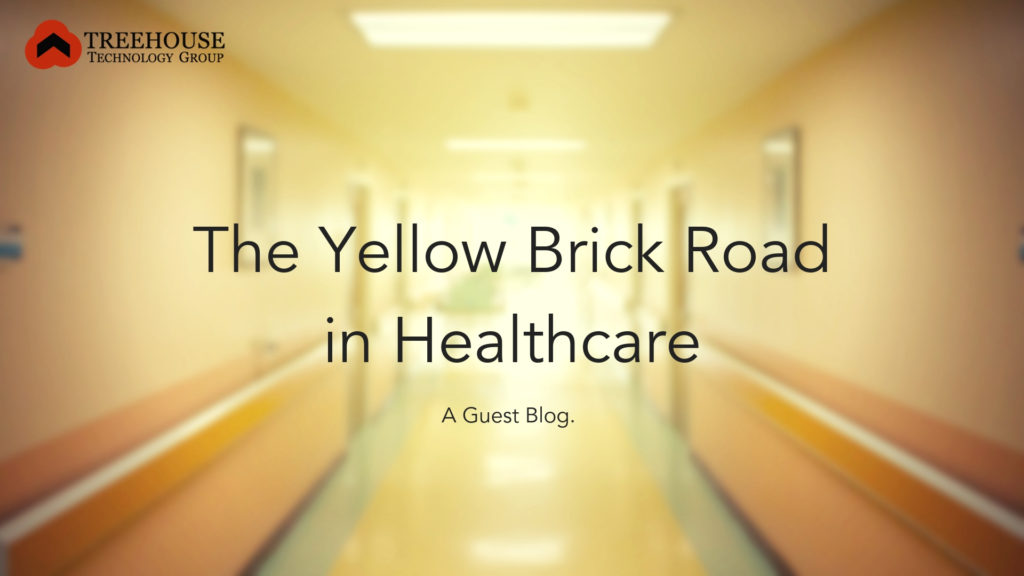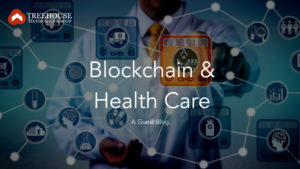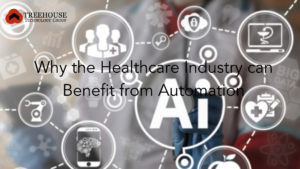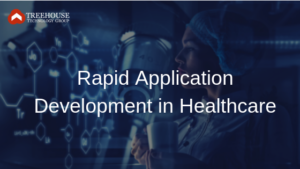A guest blog by Bernard P. Wess, Jr.
It was the late Jim Palmer who was Director of Global Healthcare at P&G who defined what we called “the Yellow Brick Road” (“YBR”) in health and safety. Jim was on the National Safety Council and the Board of Worker’s Compensation Research, among others.
It was a real-time vision of the relationship among the employee, the family, the workplace, the healthcare system and the employer. The Road led to, as Jim said, “the right care at the right time at the right place for the right price with the right outcome.” It required a comprehensive view (think diamond facets) of the risks associated with the employee, the family, group health capabilities, occupational health, statutory worker’s compensation and their actuarial (financial) and clinical values.
The CFO wants to predict long-term actuarial risks and match long-term and short-term assets (reserves) and short- and long-term liabilities and the employee needs coordinated total care and safety.
The employer and the employee want maximum productivity and a safe workplace and the family wants the right care at the right price without surprises. The surprises come from a lack of transparency in the system, e.g., you go into an ER and come out and the attending physician is not in your network and you get a $5,000 bill.
At P&G we simulated the Cloud with client-server computers in a global internal network integrating 100 countries. The goal and mission was to provide the same quality of care (and life) to each employee in each country and to manage care at the standards of Ohio, not Egypt.
The Internet, the Cloud, AI and pervasive communications and data storage now enable the YBR. We can communicate with the employee, family and all related providers of care and managers of risk in near or actual real-time (medical devices in the home). This allows us to direct an integration of inpatient, outpatient and community/home care and to measure the actuarial risks of a family over time. This is the financial component of the YBR. If I can know risk and measure it, I can control it. That brings down reserves as actuaries are the “gods” of insurance and they have a fiduciary requirement to make sure reserves are correct (match liabilities).
It is not all clear that hospitals understand and can do this, as they are still learning how to do a GL and Balance Sheet and bill with Epic. A few medical centers do, e.g., The Cleveland Clinic.
Since P&G understood global healthcare, it knew that the EU and Nordic countries achieve optimal care and outcomes through prevention of risk and avoidance of procedures, we tend to do the opposite here. We wait on an event. We call it the patient “presents” with something. It’s best to avoid the “something”. Precision Medicine helps us determine the “somethings”, the direction (turns) within the YBR for each person and AI (rules-based adaptive) care will allow us to manage each person’s risk and predict it over time. Everything goes into databases and they must be integrated by unique ID.
I am dealing with a high risk prostate cancer case with invasive cancer wherein the physicians in two states at real-medical centers told the person that he did not need a PSA test, ignoring the fact that the person’s father died of prostate cancer and his uncle has prostate cancer. An employer AI model could predict some of this risk, the turns (high-risk prostate cancer) and recommend follow-up across the continuum of care and costs. But you cannot force physicians to act or annoy them with constant recommendations.
Over time, the employee will demand coordinated care because the employee pays more and more of direct healthcare costs and treatments and Rx are getting very expensive, particularly for precision medicine treatments for conditions like cancer.
Was it Yahoo that doubled employee insurance payments and blamed a “sick baby”…So much for an understanding of risk and the role of risk management in healthcare.
The end of the Yellow Brick Road for each person is the conversion of high risk diagnoses to a chronic state of care where we all wait for the magic pill or procedure (think “heavy” ion treatment for “fatal” pancreatic cancer) and we adaptively manage care over the full continuum of risk and places for the person and their family. The employer gets better productivity and employee satisfaction.
For the CFO, it is a stable and predictable state of healthcare costs that accurately match reserves with liabilities and the ability to manage surprises (high risk cases) with reinsurance. And, it works…For seven years at P&G, P&G kept healthcare costs flat and improved employee satisfaction every year. Now, I think we can do this persistently because the political conditions that caused the P&G system to return to fee-for-service at the time—(a sense of entitlement by the hospitals)–no longer exist in the healthcare marketplace in the U.S.
Finally, this is a global opportunity and investors, companies and employers need to be aware of what is developing in healthcare on a global basis because the U.S. is no longer a leader in almost every measure of healthcare costs and success. It is certainly not a leader in the statistic that matters most: quality of and length of life.



